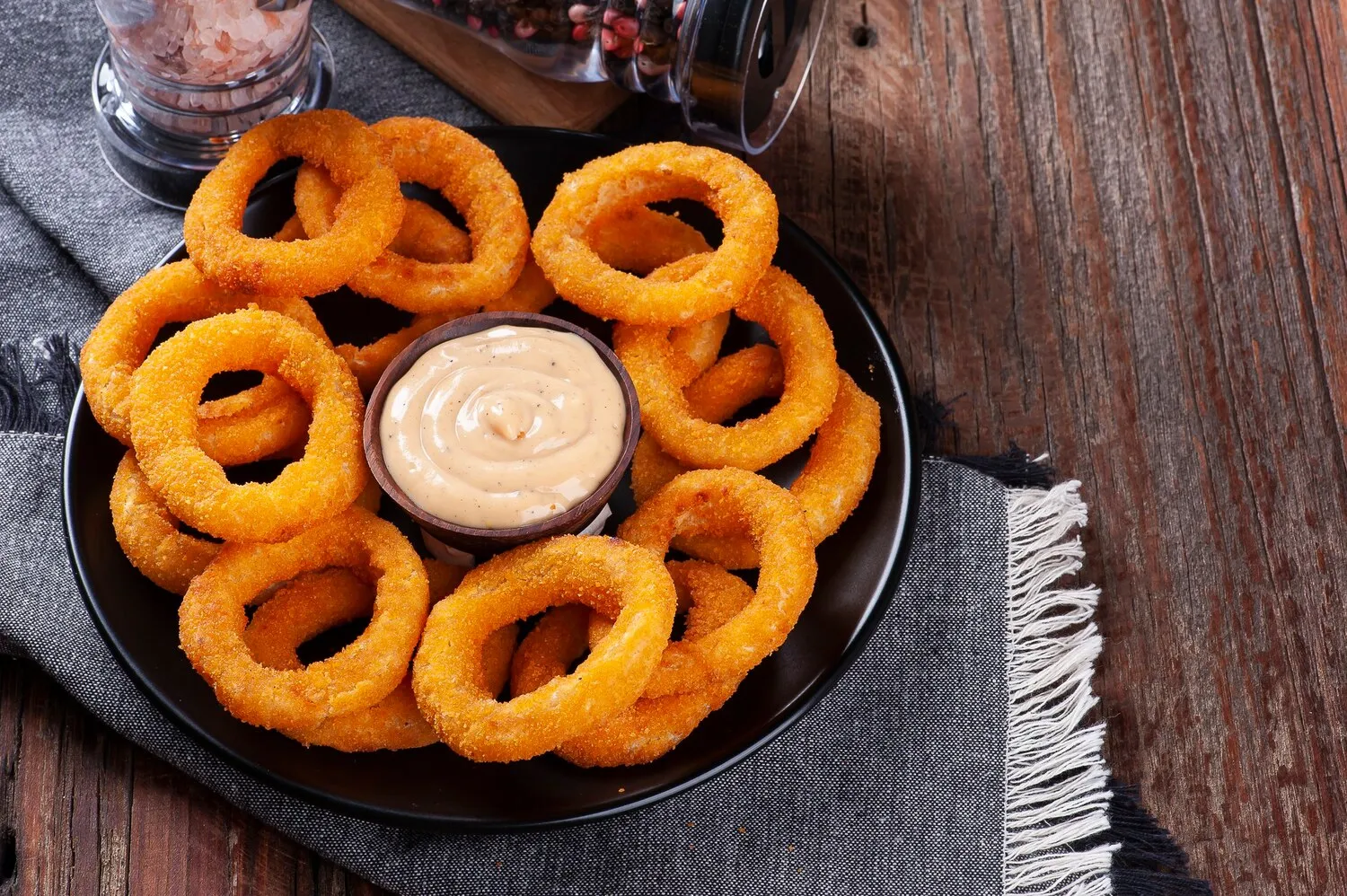
Fresh Cut Fries
Made in-house and cooked to crispy perfection.
Nutrition Facts
* The % Daily Value (DV) tells you how much a nutrient in a serving of food contributes to a daily diet. 2,000 calories a day is used for general nutrition advice.
The exact origin of fries is debated, with both Belgium and France laying claim. The popular story suggests Belgian peasants, accustomed to frying small fish, turned to potatoes when rivers froze in winter. However, some historians believe that 'pommes frites' (fried potatoes) emerged in France around the same time. Regardless, fries gained international popularity during World War I when American soldiers stationed in Belgium tasted them and mistakenly referred to them as 'French' fries.
Fries are a ubiquitous comfort food enjoyed globally and are often associated with fast food culture, social gatherings, and casual dining. They are a common side dish and a popular snack.
American Diner Staple
Fries are a cornerstone of American diner culture, often paired with burgers, sandwiches, and milkshakes. They represent a quick, affordable, and satisfying meal.
Belgian Street Food
In Belgium, fries are often served in a paper cone with various dipping sauces, enjoyed as a street food staple. The focus is on high-quality potatoes and meticulous frying techniques.
Global Comfort Food
From Europe to Asia, variations of fries exist, often adapted to local tastes and ingredients. They remain a universally loved comfort food enjoyed by people of all ages and backgrounds.
The primary flavors are savory, starchy, and subtly sweet from the potato itself, enhanced by the salt and oil used in frying. The texture is crucial, striving for a crispy exterior and a soft, fluffy interior.
High-quality potatoes, such as Russet or Yukon Gold, provide the base starchy flavor. The frying oil, often vegetable or peanut oil, imparts a subtle richness. Salt is essential for enhancing the natural flavors of the potato. The key to crispy perfection is achieving the correct oil temperature and avoiding overcrowding the fryer.
Potato Preparation
Soak the cut potatoes in cold water for at least 30 minutes (or up to several hours) to remove excess starch. This will help them crisp up better during frying. Make sure to thoroughly dry the potatoes before frying to prevent splattering and ensure even browning.
Double Frying Technique
The key to perfectly crispy fries is double frying. First, fry the potatoes at a lower temperature (around 300-325°F / 150-160°C) to cook them through. Then, fry them a second time at a higher temperature (around 350-375°F / 175-190°C) to achieve the crispy, golden-brown exterior.
Temperature Control
Use a thermometer to monitor the oil temperature closely. Maintaining the correct temperature is crucial for even cooking and preventing soggy fries. Avoid overcrowding the fryer, as this will lower the oil temperature and result in unevenly cooked fries.
Salting and Serving
Salt the fries immediately after they come out of the fryer, while they are still hot. This allows the salt to adhere better and enhances the flavor. Serve the fries immediately to maintain their crispness.
Explore additional Side dishes and restaurants
Explore SideDiscover top dining spots and culinary experiences in Kitchener.
Explore KitchenerLearn more about the food culture, restaurant scene, and culinary heritage of Canada.
Explore Canada